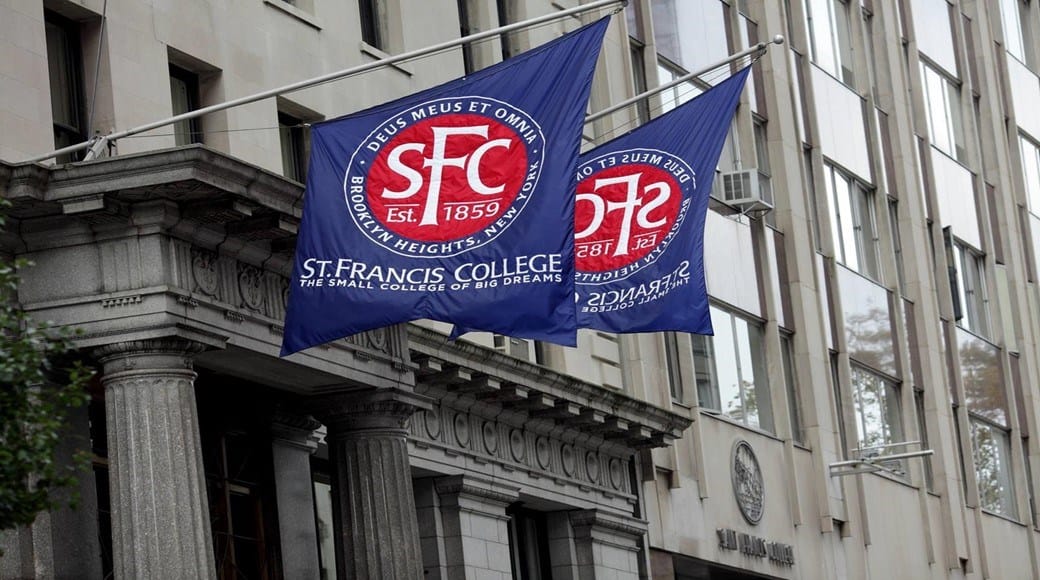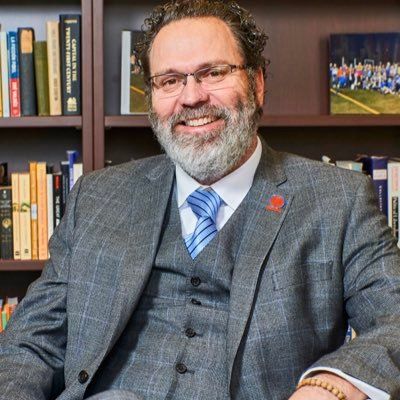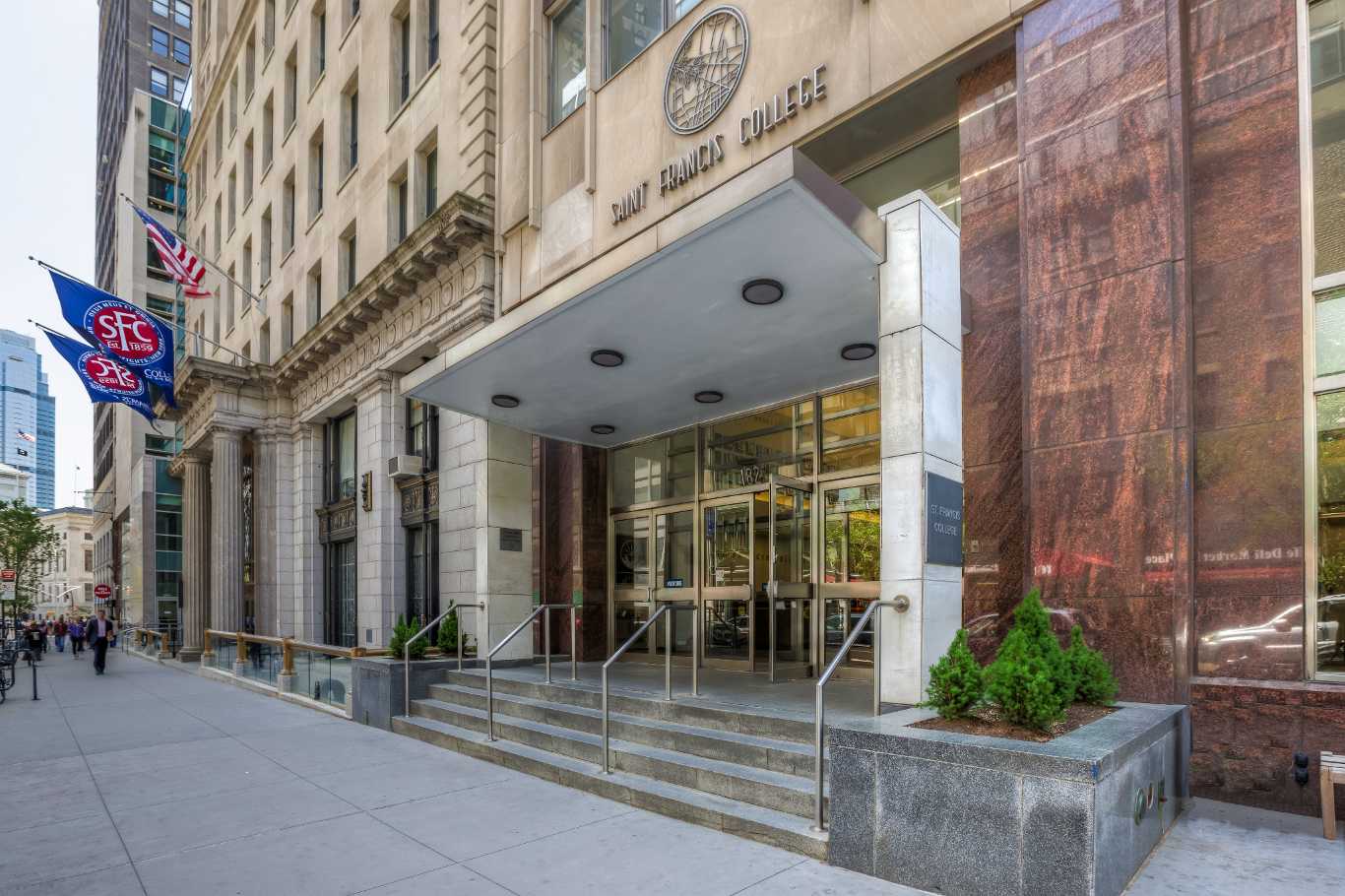“Our Students Can’t Afford A Gap Year”, St. Francis College’s President Discusses Plans For Fall Reopening


St Francis College‘s President Miguel Martinez-Saenz believes in creating ‘conditions for hope.’ The pandemic has made his work even more urgent.
“Our students can’t afford a gap year. A gap year is a luxury. They can’t go hang out in the Hamptons, or spend some time at a villa in Tuscany,” Martinez-Saenz says, comparing their students to those attending elite colleges like Brown that come from more affluent backgrounds. The college is trying to create a structure that helps them navigate the new realities and learn the kind of skills that will work in their favor post-pandemic.

The 161-year-old small Catholic college on Remsen Street in Brooklyn Heights enrolls about 2,500 students across its undergraduate and graduate programs. Over 85% of its students are from NYC, mostly Brooklyn, followed by Staten Island and Queens, with a small minority of international students from southern European countries and the Caribbean. Three-quarters of its students are students of color, who come from families that make about $60,000 a year on average, Martinez-Saenz explains, many from East New York, Brownsville, and Canarsie. The majority are first to go to college in their family.
“When they go back this fall, the college will welcome them both in-person and online. By mid-August three-quarters of our faculty will be fully certified to teach online,” Martinez-Saenz explained, talking to Bklyner from his apartment as the college remains locked. “We began this certification last year before the pandemic, and are confident that our classes, regardless of whether in person or remote, are going to be of the highest quality.”
For St. Francis College, the transition to a blended model of teaching was something that Martinez-Saenz started working on after taking over as president of the college almost three years ago. It was a move that would both expose students to modern work environments, where much of the work and communication takes place online and often remotely, as well as make recruitment of students from far corners of the city – like the Bronx – easier. Commute becomes less burdensome if you only need to attend classes in person a couple of times a week, and working with colleagues remotely is easier if you’ve had practice, he reasoned. The pandemic accelerated the transition.
All students will be offered the opportunity to take a one-credit course in August on how to learn online, Martinez-Saenz said, explaining that while “no one ‘wants’ to go fully online, we need to make the best of the situation”. Classes in the fall will be a mix of in-person and remote study. Mirroring work environment allows students to prepare for life after college, and gives them an opportunity to practice, so skills become habitual. Just like public speaking takes practice, so does working and studying remotely, Martinez-Saenz believes. One learns how to be productive, how to focus and collaborate in groups through practice.

The college is navigating a lot of complexity as it plans for reopening under the new blended model – housing in the working-class communities their students come from tends to be overcrowded and lack quality internet, many of the communities were hard hit by the Coronavirus, and there are health concerns. Martinez-Saenz is determined to not give up. “We are calling all our students — because they don’t answer our emails — to see if they have the tech they need to study, do they have wifi access?” he said. “We are looking into working with the various parishes, partners, and elected officials to see if we can secure remote lab spaces that we could set up where the students could go and study and have reliable wifi, and offer some reprieve for those residing in smaller dwellings.”
The school is determined to help its students write their own narratives. “We all have the option to adjust or to back out”, Martinez-Saenz says, and the college wants students to know that it is in their power to build their own stories of success. “Flexible scheduling and remote work are not going to go anywhere, and we will all need to be more flexible. Be creative, be flexible, take the opportunities that come your way.”




